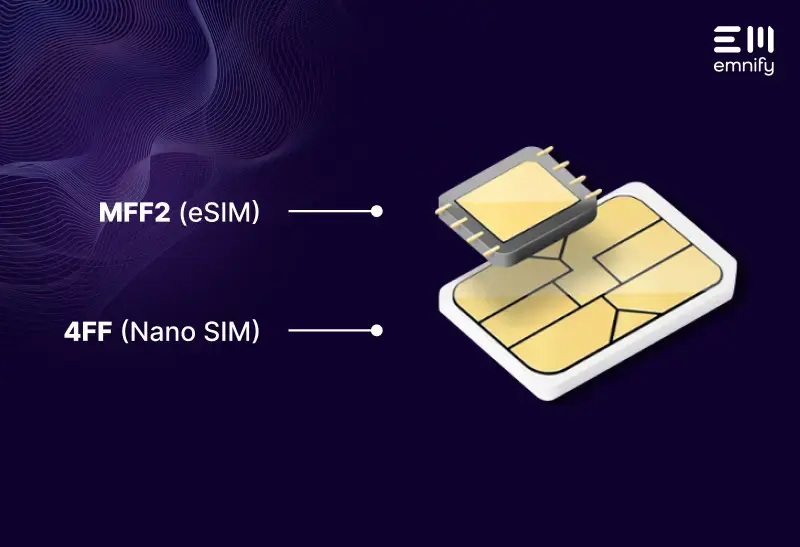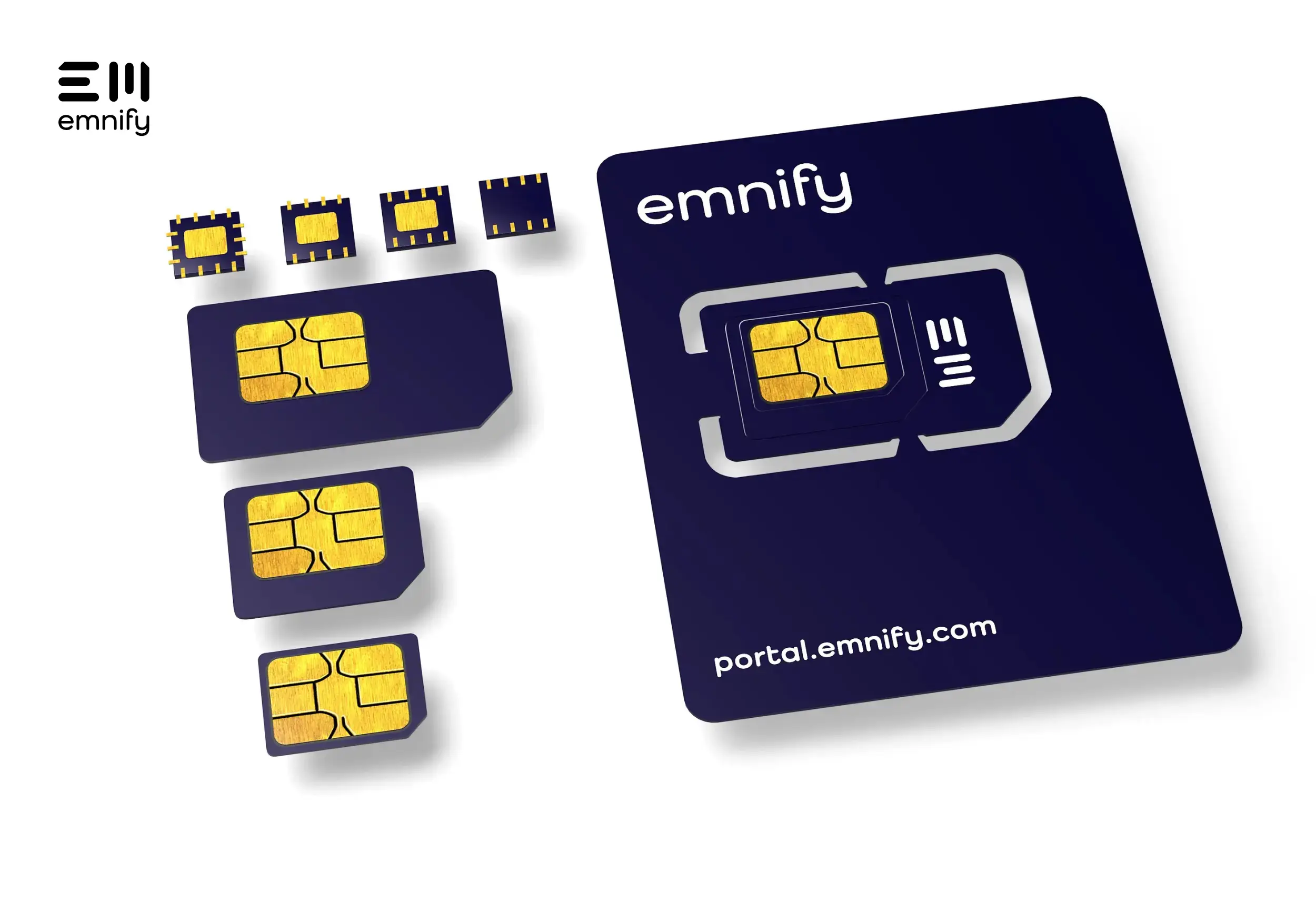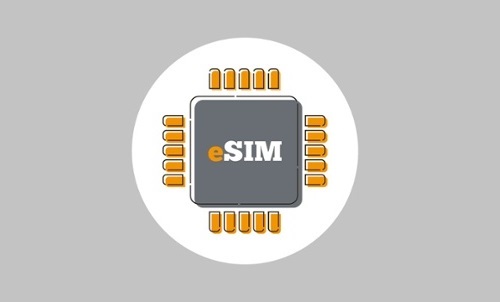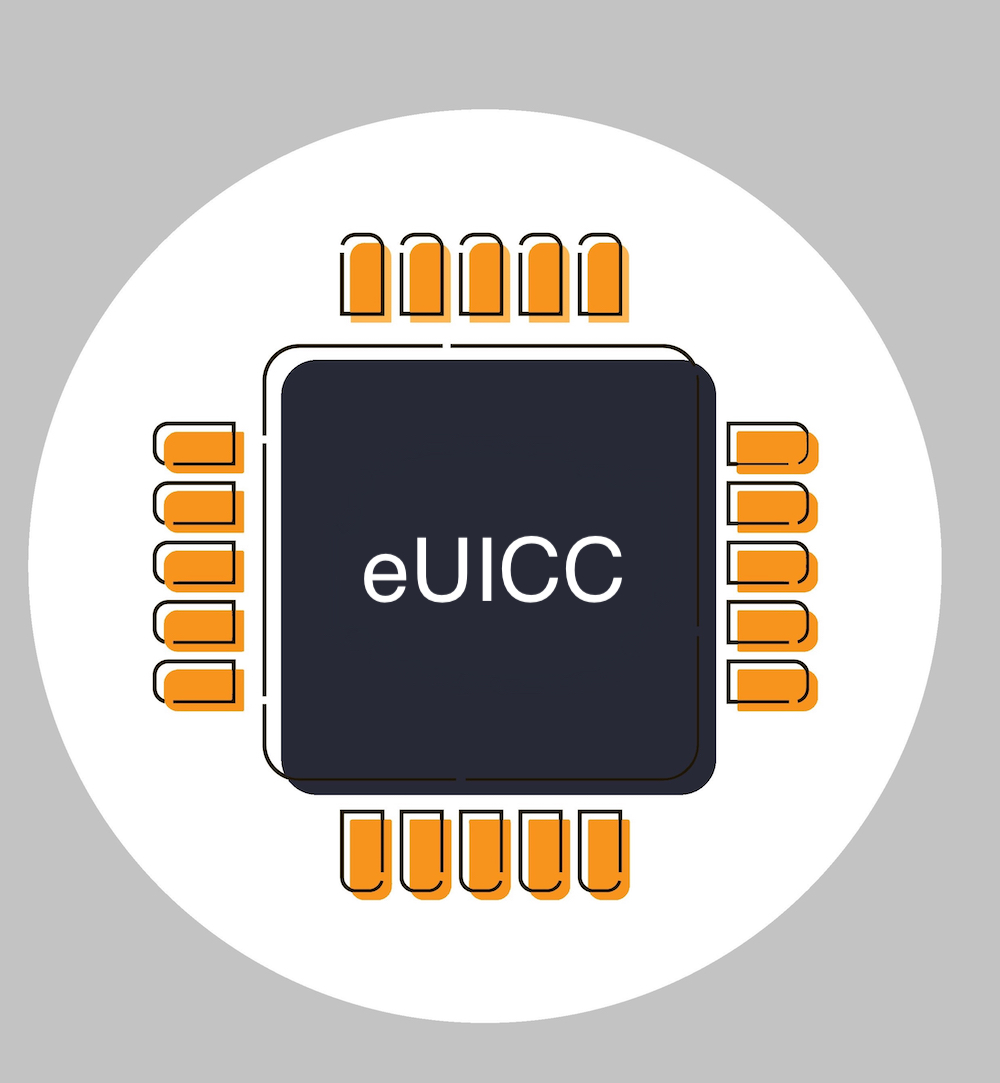

The term eSIM is ambiguous - it can refer to a special SIM form factor (MFF2) that is smaller than a nano SIM card or eSIM can refer to the capability to update a SIM card in the field. While this article talks mainly about the difference in the form factors, please feel free to check for what is an eSIM article that is focused on the technology that allows to update SIMs in any form factor over-the-air.
When choosing a SIM card for your cellular device, size matters. Smaller SIM cards take up less space, freeing manufacturers to build smaller devices and add additional components—which is especially valuable in Internet of Things (IoT) applications.
Depending on how and where your device will be used, it may also be important to have a more durable SIM card that can handle extreme temperatures and conditions like corrosion and vibrations.
SIM cards come in five distinct form factors, which can make it difficult to know which one is right for your device. Especially if you don’t know the differences between them.
In this article, we’ll look at the smallest form factors, the nano and eSIM (MFF2) and help you understand their differences.
What is an eSIM form factor?

The eSIM form factor stands for embedded Subscriber Identity Module. An MFF2 gets embedded in a cellular device by soldering it onto the circuit board. There’s no need for a SIM card slot, and the eSIM is more protected from the elements simply by being embedded within the device (SIM card slots can leave SIM cards more vulnerable to dust, shock, moisture, etc.).
MFF2 eSIMs are much harder for thieves to access and remove if they get ahold of your device. Perhaps best of all for IoT applications, embedded SIMs have the longest lifespan of any SIM cards, and can last up to 17 years under ideal conditions. At that point, the SIM card will likely outlast the device itself.
Notably, an eSIM requires your IoT device to have a compatible module or mainboard to ensure the proper connection between the eSIM and the module. The eSIM form factor can come in traditional SIM technology which does not allow to update profile, as well as with over- the-air update functionality, so basically an eSIM with a MFF2 form factor.
What is a nano SIM?

A nano SIM, also known as the 4FF, is the fourth generation of SIM cards. Measuring just 12.3mm x 8.8mm x 0.67mm, a nano SIM is a fraction of the size of the original 1FF SIM card, and substantially smaller than the second and third generations (2FF and 3FF). As a smaller SIM, a nano requires a smaller SIM card slot, giving manufacturers greater flexibility regarding where the SIM goes, how it fits with the device’s design, and how compact the device can be. In the IoT industry, the trend in most applications is to continually build smaller devices, which is why subsequent generations of SIM cards have each been smaller than the last.
Nano SIMs don’t inherently come with any additional capabilities you can’t get with other form factors. They’re just smaller. And unfortunately, nano SIMs are only available in commercial grade—there’s no industrial grade version. Industrial grade SIMs were originally designed for manufacturing applications, where IoT devices may need to endure extreme temperatures and a much greater level of wear and tear. This means nano SIMs aren’t well-suited for these applications.
Since eUICCs can be embedded in any SIM form factor, you can still use a nano SIM to provision your SIM with a new profile OTA, like you can with an actual embedded SIM. However, there are still some significant differences between these two form factors.
eSIM vs. nano SIM: key differences

When you compare the eSIM MFF2 form factor with nano SIMs, there are a few important distinctions that can affect which one is right for your application.
-
eSIMs are smaller than nano SIMs
Assuming you’re using eSIM to refer to the embeddable MFF2 form factor, eSIMs are less than half the size of nano SIMs. They have the least impact on your device’s design and allow you to make the smallest devices possible.
A nano SIMs dimensions are 12.3mm x 8.8mm x 0.67mm—just a fraction of the size of the original 1FF. But put it next to an MFF2 eSIM, and the nano SIM looks giant. The MFF2 measures a mere 6mm x 5mm x 0.9 mm.
-
Nano SIMs cost less than eSIM form factors
Since nano SIMs simply need to be inserted into your device (rather than soldered onto the circuit board), they take less time and money to install. But the cards themselves and the hardware you need to support them cost less too. If your device is physically large enough to support a nano SIM, it may be the more cost-effective choice. However, you’ll also want to consider the device’s intended lifespan.
-
eSIM form factors last longer than nano SIMs
If your cellular device outlasts your SIM card, you’re in trouble. Swapping out SIM cards at scale is incredibly expensive. Got a device that needs to last longer than 10 years? You’ll need to buy at least two nano SIMs over the lifetime of the device, and at some point you’ll need to either send field reps to replace them, or place this burden on your customers.
The upfront savings costs of a nano SIM become a lot less appealing for long-lasting devices.
-
eSIM form factors are easier to protect than nano SIMs
Since MFF2s can be soldered onto your device’s circuit board, it’s easier to keep them protected from the elements. An industrial-grade nano SIM is certainly durable enough for most applications, but the SIM port makes it inherently more vulnerable to shocks, vibrations, and other conditions. Additionally, someone would have to completely dismantle the device and would likely damage the MFF2 trying to remove it, whereas traditional SIM cards (like the nano) are removable by design.
-
eSIM form factor are less vulnerable to theft than nano SIMs
Nano SIMs are removable, which makes them potential targets for someone looking to commit identity theft. But there’s no slot to access an eSIM, and since it’s soldered onto the circuit board, someone with physical access to the device can’t remove the card and use it in another device.
-
eSIM form factor and Nano SIMs that are M2M eUICCs can be updated over the Air
- In the smartphone world, the term eSIM is often used to refer to a SIM profile that can be downloaded onto the device by scanning a QR code. In the M2M and IoT space most devices do not have a camera or screen - and often there is no user that could directly interact with the device. Therefore there is a different type of eSIM - the M2M eUICC specified to also allow updating of SIM cards deployed in IoT devices. These updateable M2M eUICC are available in all form factors - also in the MFF2 eSIM and nano SIM factor.
Get the IoT SIM cards you need with emnify
emnify provides global IoT eSIM cards in every form factor with M2M eUICC capability which means the emnify IoT eSIM can be updated over the air with a completely different profile. Whether you need the original minis, micros, nanos, or MFF2s eSIMs, we’ve got you covered, and we’ll keep your devices connected with the latest carrier-changing capabilities. Our emnify IoT eSIMs give your devices access to more than 540 networks in over 180 countries, enabling you to deploy anywhere in the world with a single SKU.
Get in touch with our IoT experts
Discover how emnify can help you grow your business and talk to one of our IoT consultants today!
More than six years of experience as a senior editor in the realm of smart home, connectivity and Internet of Things. And still as curious as on the first day.


